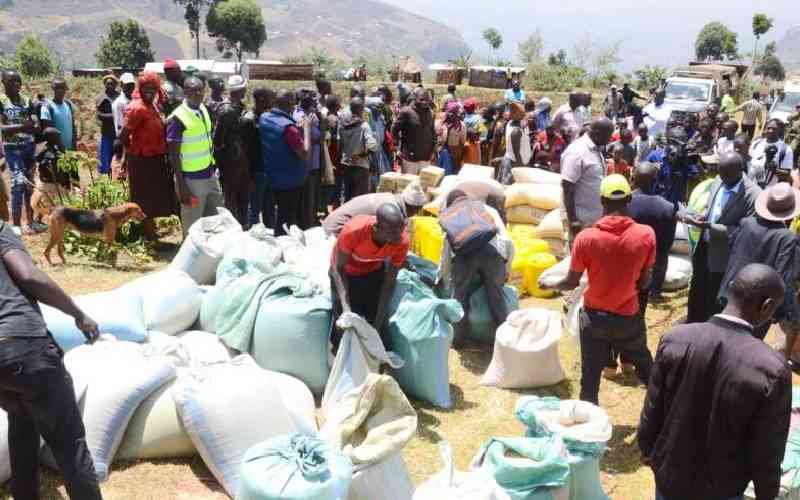×
The Standard e-Paper
Stay Informed, Even Offline

About six million Kenyans do not have food following a failed fifth consecutive rainfall season, a state agency has warned.
According to a report by the National Drought Management Authority (NDMA), the situation is dire and calls for emergency intervention.